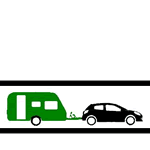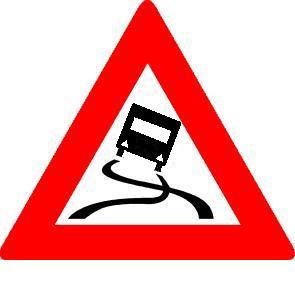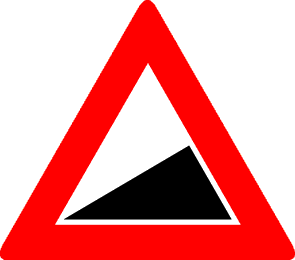Car & Caravan

![]()

The Car as an example and the Caravan as an example with a laden weight of 550 kg is a good match.
Weight
 weight ratio
weight ratio towball limit
towball limit stability
stabilityFlat roads
 speed
speed acceleration
acceleration 6th gear
6th gearMountains
 speed
speed hill starts
hill starts driving
driving

33%
![]()
550 kg ![]() 1650 kg
1650 kg
50 kg

Score 16.1

18%
Good
- Car is relatively heavy compared to caravan
- Higher speeds are safely possible
- Hill starts
- More flexibility in payload
Bad
- No salient features
Is this Outfit match useful for you? Please give a small contribution. Thank you!
Verdict
The Car as an example and the Caravan as an example of a laden weight of 550 kg is an excellent combination for all journeys on all kinds of roads.
Weight
The chance of snaking is small even at higher speeds.
Flat roads
The performances of the engine of this outfit are in general fairly good. Under favourable conditions on motorways it is possible to drive with 90 km/h in the 6th gear, by giving the engine plenty of throttle. In that case the engine runs approximately 2100 rpm. Maybe the engine is not running smoothly at low revs so it is better to shiftdown to the 5th gear, the engine runs in that case 2600 rpm. For example, in a headwind or a crossover, downshift to the 5th gear. The engine runs approximately 2600 rpm.Mountains
On most motorways inclines (5%) driving is easily possible in the 4th gear with 80 km/h and even full throttle with 92 km/h. In the 3th gear the top speed is 109 km/h (5173 rpm). Hill starts are possible even on steep slopes up to 19%, if the front wheels have sufficient traction. While driving the engine has enough power to drive on every normal road.
Results
The main details in a list. Ideal for comparing different combinations with one another, for example your present with a new one.






5th gear
2563
67% - 75%
over: 732 N



Download a fact sheet in PDF
Details combination
You may customize the data to your own situation.
Change
User Payload:
Output in km/h or mph:
Other Car:
Other Caravan:
Reviews
There are no reviews for the Car as an example.